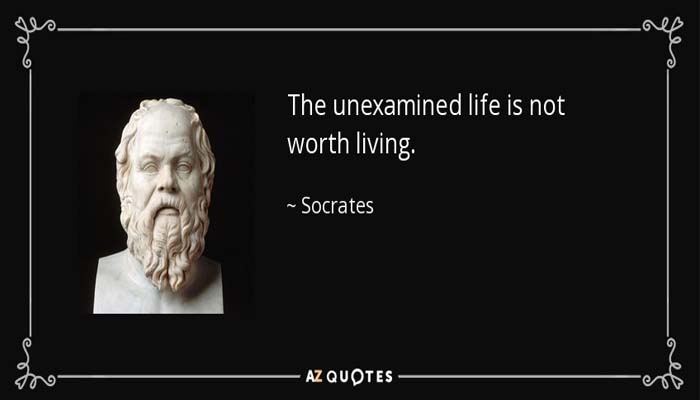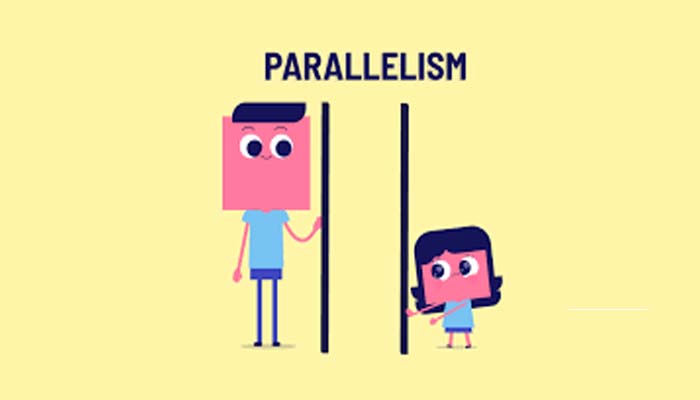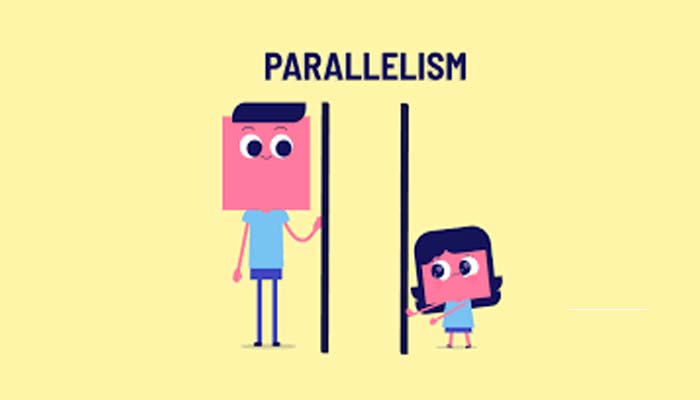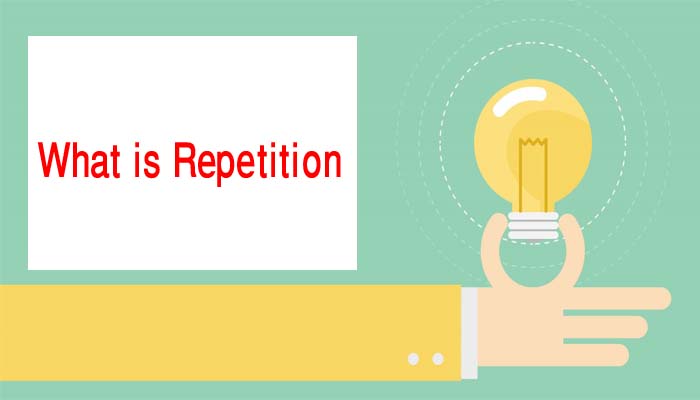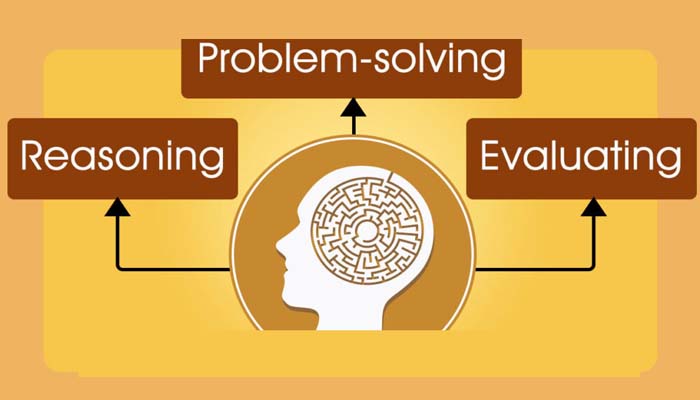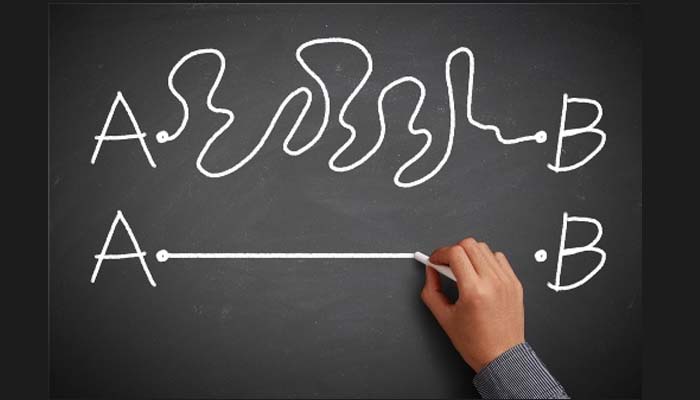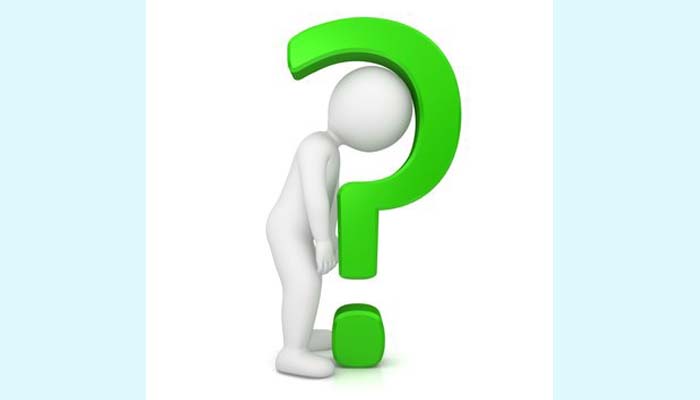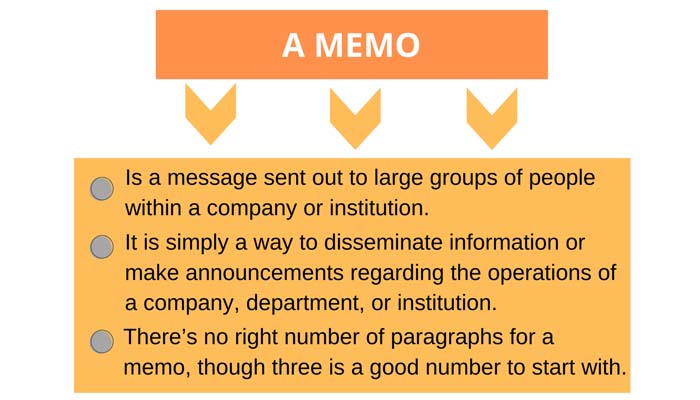
what is your understanding of Communicative Language Teaching? Do you think that CLT can be the best approach to teaching the target language?
What is CLT?
CLT is an approach, and its full form is Communicative Language Teaching. CLT is the name that was given to a set of beliefs that included not only a re-examination of what aspects of language to teach but also a shift in emphasis on how to teach.
CLT Strengths:
- The class is less teacher-centered and more student-centered, with students’ views and feelings valued and taken into consideration.
- The CLT approach makes students use the language in real-life situations.
- The ‘meaning’ is emphasized in CLT as opposed to methods like audio-lingual that focus on form and grammatical or linguistic knowledge.
- CLT gives the learners more responsibility and involvement in the process of learning.
- In CLT Fluency and acceptable language is the primary goal.
- Judicious use of native language is accepted.
- Communicative teaching emphasizes the learner’s cognitive ability and operational capabilities, which allow the students themselves to think about and express their views, thus training in real life the ability to use language to communicate
- In a CLT class, the teacher’s function can be described as that of a facilitator, assisting students and learners in the process of learning to communicate effectively.
Teacher’s roles in CLT:
- The teacher’s role is to facilitate the communication process between all participants in the classroom, and guide students’ activities and texts.
- Teachers act as independent participants within the learning-teaching group.
- The teacher organizes the classroom for communication and communicative activities.
- CLT teacher administers a needs assessment instrument to determine an individual’s motivation for studying the language.
- CLT procedures require teachers to acquire less teacher-centered classroom management skills.
- In CLT teachers seek to maximize the speaker’s intention and hearer interpretation, through the use of paraphrasing, confirmation, and feedback.
Also read: Old Man and the Sea Summary







